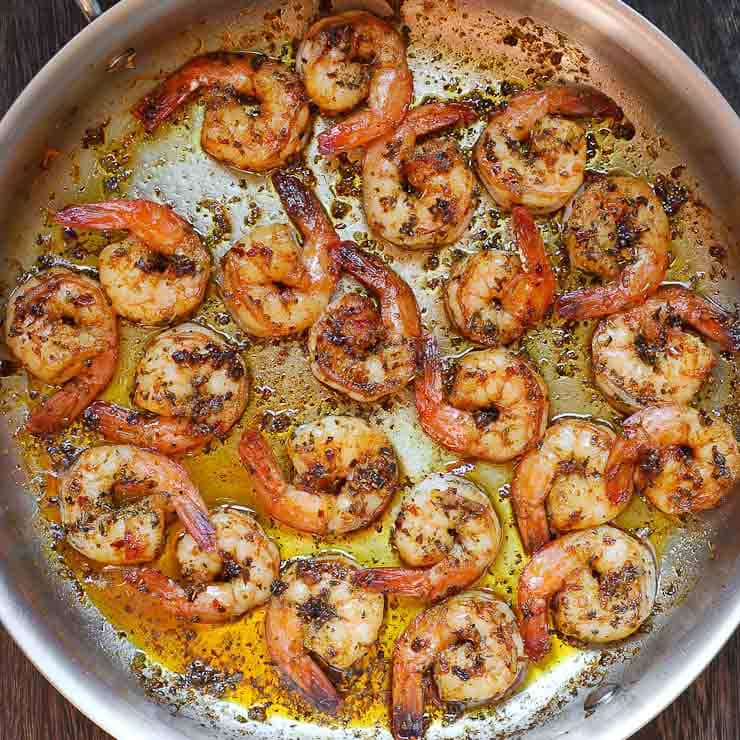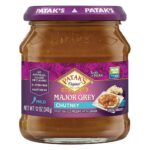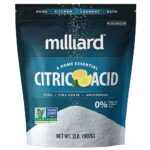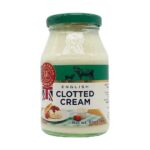One of the stars of the seafood world is undoubtedly shrimp. In some territories, you will find shrimp and prawns referred to as the same thing though there are differences. No matter which way you look at it shrimp is a very popular seafood item and feature in many world-famous recipes including grilled, baked, in grits, salads, cocktails and stir fry. Being from the seafood world makes shrimp an incredibly delicate food item and may pose storage difficulty. How do we best store shrimp? Well before we answer that let’s get clear on what exactly shrimp are and how to work with them.
Contents
What is Shrimp?
Shrimp is a crustacean which like lobster, crawfish and crab is a decapod meaning it has 10 legs. There thousands of distinct species of shrimp which also happen to be spread all over the world. From tiny shrimp which are about 1 centimetre long to large shrimp which are around 20 to 30 centimetres long. Shrimp are enjoyed in various recipes from different types of cuisine. From simple recipes which involve simply grilling or frying shrimp to complex stir fry, bakes and soup-like recipes. You will also find shrimp as a popular topping in other foods such as fajitas and fried rice. Now we can talk about the best way to store cooked shrimp for later consumption.
Cooling
The first thing to note is when to store your cooked shrimp. As with all cooked food you should make sure that you refrigerate your cooked shrimp within 2 hours of removing it from the stove or any heating device or vessel. Bacteria grow rapidly between the temperatures of 5 and 60 degrees Celsius. This temperature range is commonly referred to as the danger zone. As your food gradually cools it spends quite some time in this danger zone temperature. It is best to quickly refrigerate to assist the rapid cooling of the food before the bacteria have a chance to grow.
Containers
Your choice of storage containers and materials will depend on the way your shrimp is cooked. If your shrimp were grilled or any other form of cooking that is dry then you can use heavy-duty aluminium foil. You should wrap the shrimp twice. You can further place the foil-wrapped package in a resealable freezer bag. If your shrimp are cooked or baked into something that has a liquid texture to it then you are better of using shallow airtight plastic containers. This can be in the form of resealable freezer bags or shallow Tupperware that is freezer safe. In either case, the objective is to keep moisture locked in.
Duration
If you have followed both the cooling and the container instructions you will have options on how to keep your shrimp. Shrimp can store safely in the refrigerator for 3 to 4 days and consumed without problems. So if you’re certain you will consume the shrimp within 4 days you can keep it in the refrigerator. If you’re not sure after how long you will eat the shrimp you will be pleased to know you can store shrimp in the freezer. You can do so for up to 3 months. Food stored in the freezer can keep indefinitely but after 3 months you will start to lose taste and texture.
Thawing
If you’ve elected to freeze your shrimp a very important issue is how to thaw it. For best results, you should remove your shrimp from the freezer a full 24 hours before you need to eat them. Place the shrimp in the refrigerator to thaw them. Thawing shrimp or any food really on the countertop at room temperature is ill-advised. Room temperature is in the temperature danger zone and this will encourage bacterial growth in your shrimp. If you cannot get your shrimp out 24 hours in advance you can try to go straight from freezer to reheating. Results will vary widely depending on the original cooking method. Where the shrimp are in a recipe that has a lot of liquid like a soup or chowder you will likely have no problems. If your shrimp were grilled or fried before freezing the results may not be as good.
How To Tell If Cooked Shrimp Is Bad?
Before you reheat your shrimp you may want to know how to tell if the shrimp has gone bad whilst in storage or thawing. There are two ways you can use to tell if your shrimp has gone bad which are a smell and texture test. Firstly smell the shrimp. If they possess an odour that is something akin to sour then your shrimp is likely bad. This is easier to tell if the recipe has shrimp alone but harder to tell if the shrimp are mixed in with other ingredients. You can also examine the texture of the shrimp and this works better for shrimp that were refrigerated. If the shrimp have a slimy film on the outside then they are bad and should be discarded.
Reheating
When it comes to reheating your shrimp you have a few options. Which one to choose will depend on how your shrimp were cooked initially. If your shrimp were grilled for example you can always use the oven. If your shrimp were cooked into something like fried rice or a mix you can use a skillet on the stovetop. If your shrimp were steamed or plain you can consider steaming them to reheat them. Finally, the microwave will always provide a quick reheating experience. Just remember to add a little moisture especially if the original recipe is a dry one.
Storing cooked shrimp is not difficult if you follow some cardinal rules. Firstly refrigerate within two hours of removing from a heat source. Use either aluminium foil or shallow airtight plastic containers depending on the initial preparation method. You can refrigerate for up to 4 days or freeze for up to 4 months. If you freeze your shrimp be sure to thaw in the refrigerator. You have many reheating options to choose from between the oven, the stovetop, steaming and the ubiquitous microwave.







